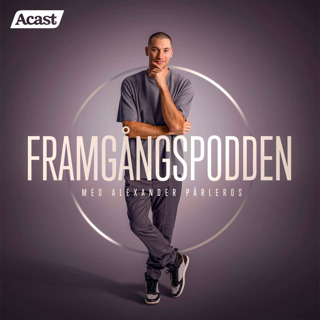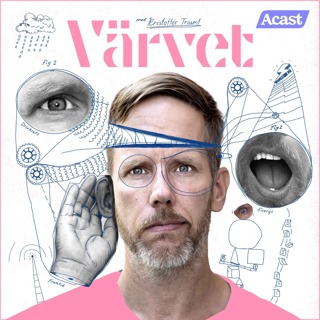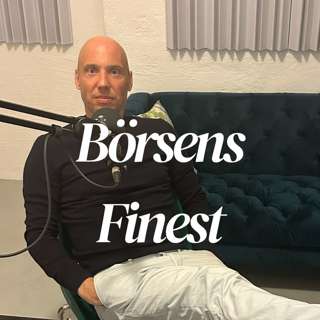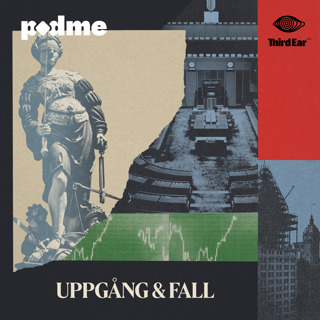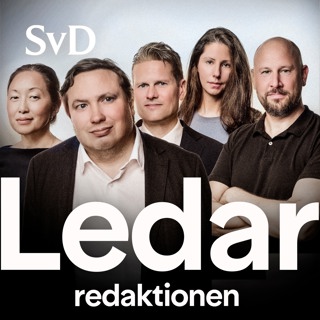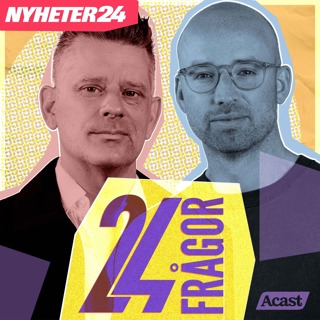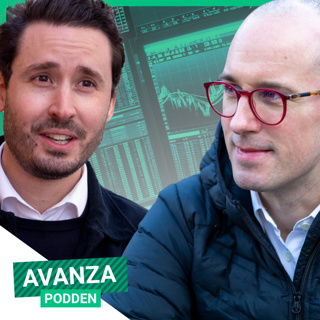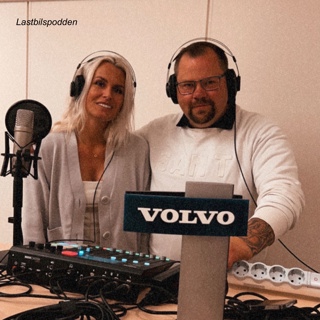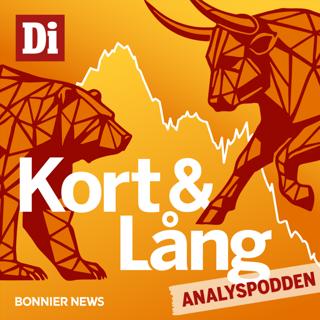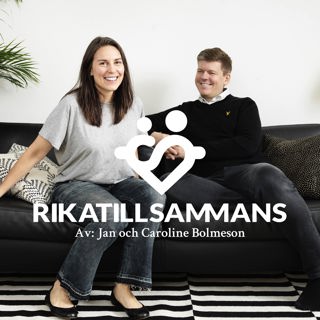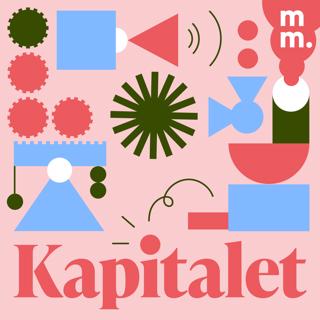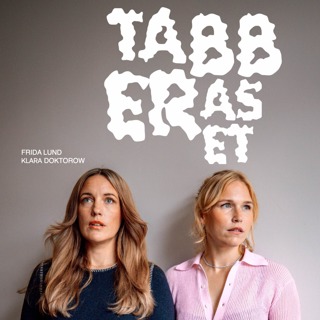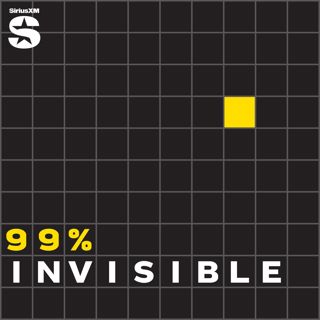
Gerrymandering
The way we draw our political districts has a huge effect on U.S. politics, but the process is also greatly misunderstood. Gerrymandering has become a scapegoat for what’s wrong with the polarized American political system, blamed for marginalizing groups and rigging elections, but there’s no simple, one-size-fits-all design solution for drawing fair districts. Drawing districts may be the most important design problem of representative democracy and this week FiveThirtyEight will guide us through the ways different states have tackled this problem. Gerrymandering Check out the full Five Thirty Eight series The Gerrymandering Project Subscribe to SiriusXM Podcasts+ to listen to new episodes of 99% Invisible ad-free and a whole week early. Start a free trial now on Apple Podcasts or by visiting siriusxm.com/podcastsplus. Hosted by Simplecast, an AdsWizz company. See pcm.adswizz.com for information about our collection and use of personal data for advertising.
21 Mars 201844min

Miss Manhattan Redux
All around the country, there stands a figure so much a part of historical architecture and urban landscapes that she is rarely noticed. She has gone by many names, from Star Maiden to Priestess of Culture, Spirit of Life to Mourning Victory. Now nearly forgotten, Audrey Munson was once the most famous artist’s model in the United States. In and beyond her time, she has represented many things, including truth, memory, seasons, the stars, and even the universe itself. Immortalized in iron, marble and gold, Audrey remains perched on high, quietly watching over cities from coast to coast. Miss Manhattan Subscribe to SiriusXM Podcasts+ to listen to new episodes of 99% Invisible ad-free and a whole week early. Start a free trial now on Apple Podcasts or by visiting siriusxm.com/podcastsplus. Hosted by Simplecast, an AdsWizz company. See pcm.adswizz.com for information about our collection and use of personal data for advertising.
14 Mars 201824min

Fordlandia
In the late 1920s, the Ford Motor Company bought up millions of acres of land in Brazil. They loaded boats with machinery and supplies, and shipped them deep into the Amazon rainforest. Workers cut down trees and cleared the land and then they built a rubber plantation in the middle of one of the wildest places on earth. But Henry Ford wanted this community -- called “Fordlândia” -- to be more than just a huge plantation. He envisioned an industrial utopia. He paid his Brazilian workers good wages, at least for the region. And he tried to build them the kind of place he would’ve loved to live, which is to say: a small Midwestern town...but in the middle of the jungle. Fordlandia In the second segment, we discuss Roman’s other show What Trump Can Teach Us About Con Law Subscribe to SiriusXM Podcasts+ to listen to new episodes of 99% Invisible ad-free and a whole week early. Start a free trial now on Apple Podcasts or by visiting siriusxm.com/podcastsplus. Hosted by Simplecast, an AdsWizz company. See pcm.adswizz.com for information about our collection and use of personal data for advertising.
7 Mars 201830min

Blood, Sweat and Tears (City of the Future, Part 2)
The Bijlmermeer (or Bijlmer, for short) was built just outside of Amsterdam in the 1960s. It was designed by modernist architects to be a "city of the future" with its functions separated into distinct zones. To Modernists, it represented a vision of the city as a well-oiled machine Upon completion, it was a massive expanse of 31 concrete towers. There were 13,000 apartments, many of them unoccupied. Just sitting there, totally empty. Listen to Part 1 of this story here. In Part 2, we look at how the migration of tens of thousands of Surinamese Dutch began to give the empty place life where it wasn’t before and how a tragic accident kickstarted a redesign that managed to do what the Modernists neglected to do: listen to the people who live there. Blood, Sweat and Tears (City of the Future, Part 2) Subscribe to SiriusXM Podcasts+ to listen to new episodes of 99% Invisible ad-free and a whole week early. Start a free trial now on Apple Podcasts or by visiting siriusxm.com/podcastsplus. Hosted by Simplecast, an AdsWizz company. See pcm.adswizz.com for information about our collection and use of personal data for advertising.
28 Feb 201833min

Bijlmer (City of the Future, Part 1)
After World War 2, city planners in Amsterdam wanted to design the perfect “City of the Future.” They decided to build a new neighborhood, close to Amsterdam, that would be a perfect encapsulation of Modernist principles. It was called the Bijlmermeer, and it tested the lofty ideas of the International Congress of Modern Architecture on a grand scale. When it was over, no one would ever try it again. Bijlmer (City of the Future, Part 1) Subscribe to SiriusXM Podcasts+ to listen to new episodes of 99% Invisible ad-free and a whole week early. Start a free trial now on Apple Podcasts or by visiting siriusxm.com/podcastsplus. Hosted by Simplecast, an AdsWizz company. See pcm.adswizz.com for information about our collection and use of personal data for advertising.
21 Feb 201823min

Making a Mark: Visual Identity with Tom Geismar
The Chase logo was introduced in 1961, when the Chase National Bank and the Bank of the Manhattan Company merged to form the Chase Manhattan Bank. At the time, few American corporations used abstract symbols for their identification. Seen as radical in that context, the Chase symbol has survived a number of subsequent mergers and has become one of the world’s most recognizable trademarks. Its graphic designer, Tom Geismar, has been a driving force in the field of design and graphic identity for over 60 years. The influence of the firm he co-founded can be felt in logos you see every day. Making a Mark: Visual Identity with Tom Geismar Subscribe to SiriusXM Podcasts+ to listen to new episodes of 99% Invisible ad-free and a whole week early. Start a free trial now on Apple Podcasts or by visiting siriusxm.com/podcastsplus. Hosted by Simplecast, an AdsWizz company. See pcm.adswizz.com for information about our collection and use of personal data for advertising.
13 Feb 201827min

Border Wall
When current President Donald Trump took office, he promised to build an “an impenetrable, physical, tall, powerful, beautiful, southern border wall." The first part of this episode by Radio Diaries tells two stories of what happens when, instead of people crossing the border, the border crosses the people. Then, in part two of the show, Avery Trufelman takes a closer look at eight current designs that have been turned into prototypes near the border in California. Border Wall Learn more about Radio Diaries Subscribe to SiriusXM Podcasts+ to listen to new episodes of 99% Invisible ad-free and a whole week early. Start a free trial now on Apple Podcasts or by visiting siriusxm.com/podcastsplus. Hosted by Simplecast, an AdsWizz company. See pcm.adswizz.com for information about our collection and use of personal data for advertising.
6 Feb 201828min

Managed Retreat
In the 1970s it looked like the beloved, 200-year-old Cape Hatteras lighthouse was in danger. The sea was getting closer and threatening to swallow it up. And people were torn over what to do about it - they could move the lighthouse, or leave it in place and try to defend it against the forces of nature. For the next 30 years, the locals fought an intense political battle over this decision. It’s the kind of battle we can expect to see a lot more of as sea levels rise and threaten coastal communities around the world. Managed Retreat Subscribe to SiriusXM Podcasts+ to listen to new episodes of 99% Invisible ad-free and a whole week early. Start a free trial now on Apple Podcasts or by visiting siriusxm.com/podcastsplus. Hosted by Simplecast, an AdsWizz company. See pcm.adswizz.com for information about our collection and use of personal data for advertising.
31 Jan 201831min


